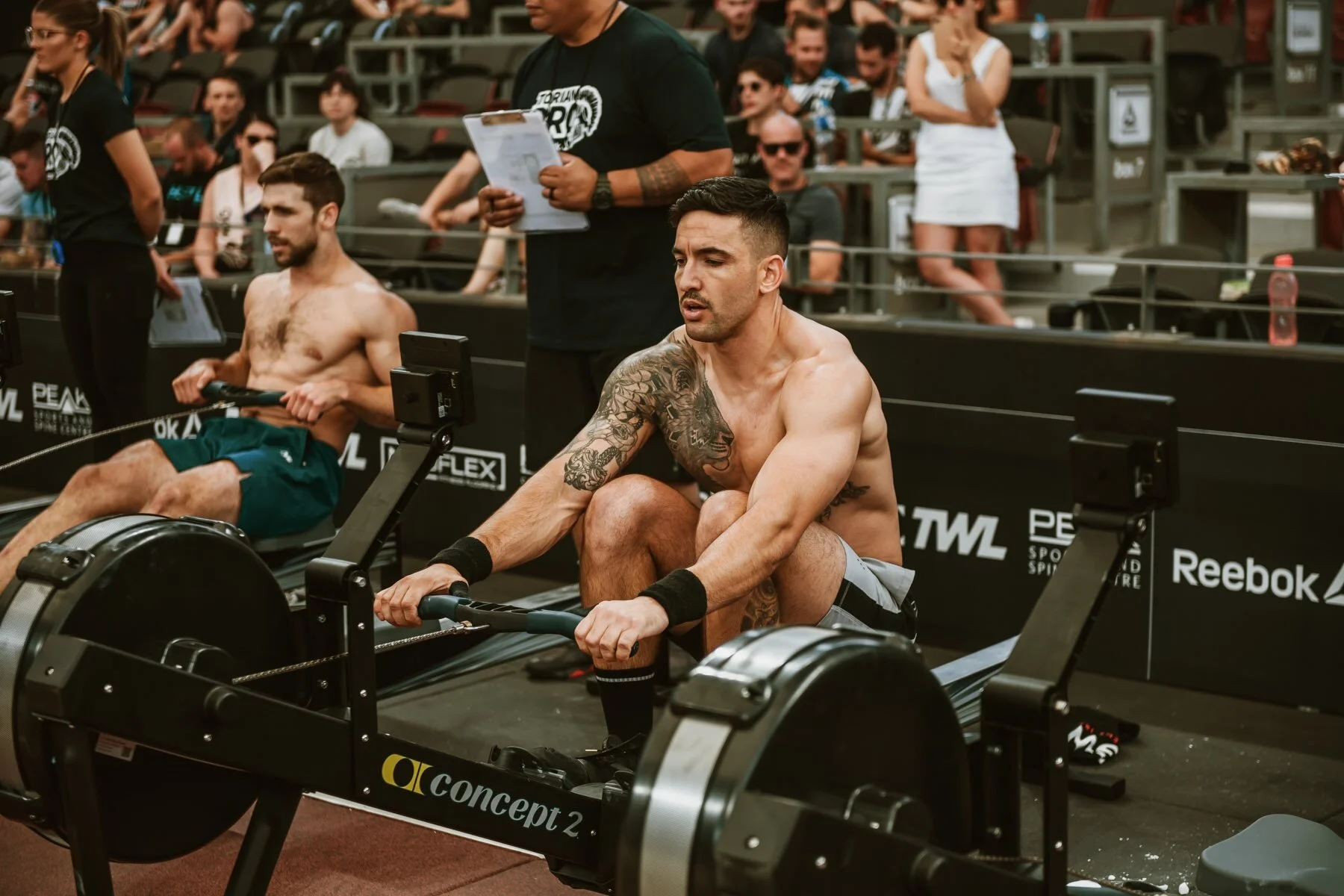Working out how many Calories to eat can be a tricky task as an athlete. Your situation is not normal, you don't do 'normal' amounts of physical activity and there is also such a large variation in energy requirements within different sports. A marathon runner is going to churn through more fuel than a jockey.
Not eating enough can not only be detrimental to your sports performance but also your health. Low energy availability or 'not eating enough Calories and suffering the health consequences of that' can occur more often in sport than you might think. This is because Calorie requirements to fuel energy demands can often far exceed auto-regulated hunger levels especially when a dedicated athlete adopts a 'clean food only' mindset.
If sufficient energy and fuel for the work required are not available, poor health, illness and injury can result, taking time away from productive training weeks and impairing best performance in competition. If training takes place with limited energy available, work capacity can be impaired and so can the adaptations from training (getting better from training).
Having anything outside of 'an abundance of fuel for the body' as an athlete is sort of like putting your car in 'eco mode'. Sure it’ll drive, and it's more efficient, but it'll never perform as well as 'sport mode'. If you want to perform your best, don't seek efficiency.
You're not a Toyota Prius. Instead, give the body all the fuel it can handle and be a Formula 1 car.
How do you actually come to a number of Calories to eat?
There are predictive equations out there that will provide you with a ball-park starting point to monitor and adjust from. They're never really going to be anything more than that, so using a complicated formula probably isn't warranted, and you'll find they all end up giving you just about the same answer.
The issue with this is that equations are based on norms or averages. Putting the fact athletes are not normal, even within 'the general population' large variations within individuals needs to be considered.
To work it out, use a simple baseline Calorie formula to make things easier. From there use an 'activity factor multiple', that gives a reasonable starting number. The process would be the same for anyone only as an athlete your activity multiples will be hugely elevated compared to the average.
Step 1: Predict resting energy expenditure.
- This is where you aim to obtain a rough resting energy requirement per day.
23 x BW (in kilos)
23 x 75 = 1725
Step 2: Multiply by activity level
- As mentioned this is the same for everyone, only as an athlete likely with higher energy demands the multiple will therefore often be higher. For most people with general activity levels, a multiple of 1.3-1.4 normally provides an 'about right starting Calorie amount'. 1.6-2.2 can be an appropriate range for an athlete depending on their sport and training load. It takes a bit of 'time in the trenches' as a nutritionist to assess the situation and select an appropriate multiple.
Either way, it's only going to be a start point so don't stress too much about this.
1725 x 1.8 = 3105
Step 3: Monitor and adjust until you find the 'sweet spot'.
In many sports gaining weight that carries no additional strength and disadvantages 'power to weight' is not desirable. The aim is to have as much fuel available without sending weight in an undesirable direction. This means continuing to slowly bump up Calories by ~5-10% each fortnight when your average weekly scale weight stays the same or drops. Of course, if weight loss or weight gain is required you'd factor that in, but essentially the more you can eat and maintain weight the better. Keep bumping it up until notable weight gain occurs. By that point, you've found 'the max Calories you can eat and maintain weight'. Having ample energy available will give the body 'the green light' to do whatever it wants as best as it wants. There will be no 'eco mode', there will be no 'conserving energy by 'half-assing' functions that continue to health and performance. The fuel is there, it's always going to be there, so the body turns up 'full boost', to crank out that peak performance.
An example of how this 'monitor and adjust period might look, is below.
Week 1-2
Calorie target: 3100
Average weekly scale weight: 75.5kg
Week 3-4
Calorie target: 3250
Average weekly scale weight: 75.4kg
Week 5-6
Calorie target: 3400
Average weekly scale weight: 76.8kg
Week 7-8
Calorie target: 3250
Average weekly scale weight: 75.6kg
From the above 8 week 'monitor and adjust phase', with a reasonable level of confidence, 'optimal weight maintenance Calories', or 'max weight maintenance Calories' probably sits somewhere around 3250 Calories per day.
It's finally worth mentioning that the monitor and adjust thing continues. Situations change, training volume and goals change. It'll get easier over time and the required level of reliance on accurate tracking will often reduce as the athlete finds their 'eating routine groove', and gets familiar with eating to their targets.
To learn more about sport and athlete-specific nutritional requirements, contact us today to start working with a sports nutritionist.


